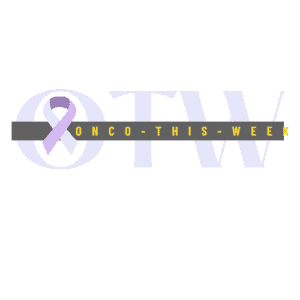Updates on DCR in the Part A safety lead-in of THIO-101 phase 2 trial of THIO + cemiplimab in patients with advanced NSCLC announced

“The 82% disease control rate observed so far with this combination is highly encouraging, especially in the heavily pre-treated population with previous immune CPI resistance, where typically the Disease Control Rates are in the 25-35% range. This preliminary data aligns with our pre-clinical data which showed that THIO, followed by an immune checkpoint inhibitor, greatly slowed and reduced tumor progression when compared to treatment with CPI alone. We look forward to continue the monitoring of these patients and evaluate disease control rates on a longer time frame with the next response assessment phases,” said Vlad Vitoc, MAIA’s Chief Executive Officer.
Share:
More News
“Antengene announced it has entered into a global clinical collaboration with MSD to evaluate the combination of ATG-022, a CLDN18.2-targeting antibody-drug conjugate (ADC), and MSD’s anti-PD-1 therapy, KEYTRUDA® (pembrolizumab) in patients with advanced solid tumors. At the 2025 American Society of Clinical Oncology Gastrointestinal Cancers Symposium (ASCO GI 2025), Antengene
“Advanced esophageal squamous cell carcinoma is a difficult-to-treat disease, and unfortunately overall survival remains low,” said Marjorie Green, MD, senior vice president and head of oncology, global clinical development, Merck Research Laboratories. “The initiation of the pivotal Phase 3 IDeate-Esophageal01 clinical trial demonstrates our shared commitment with Daiichi Sankyo to
“Overall response rate (ORR) was 97% (114/117) with a complete response/stringent complete response (CR/sCR) rate of 68% (79/117) and a very good partial response or higher (>VGPR) rate of 85% (100/117), per International Myeloma Working Group (IMWG) criteria as investigator-assessed. Of those evaluable for minimal residual disease (MRD) testing at
“EMA approval of the MIRACLE trial protocol is a huge milestone for us. Although we’re already seeing recruitment in our first non-EU country, we believe that this expansion into the EU really supercharges our recruitment potential,” said Walter Klemp, Chairman and CEO of Moleculin. “Importantly, when combined with the sites



